We are currently seeing a tectonic shift in the workplace due to constant digital disruption and, in turn, digital transformation. Especially in the wake of the pandemic and revamped ways of working (think, work from home!), more and more employees today have to adapt themselves to several digital solutions as an integral part of the work.
But do all employees find adapting to perpetual digital change easy? Not really. According to the recent Gartner survey, 60% of workers said new software had occasionally or frequently frustrated them within the past 24 months. Additionally, 40% of users have resisted using applications after a negative experience by using minimal features, avoiding or delaying use.
While organizations must proactively perform a Training Needs Analysis (TNA) from time to time and develop personalized workplace training plans for the employees, it can often be a mammoth undertaking. Additionally, the sheer scale of planning and execution required for traditional training methods makes it infeasible. Thankfully, there is a solution to this problem: Digital Adoption Platforms.
What is a Digital Adoption Platform?
A Digital Adoption Platform or DAP, as it is more commonly known, is an application layered on another entity such as a website, app, or software product. It helps users efficiently navigate through critical functionalities and features. It also provides contextual information about the entity and guides users through simple tasks. DAPs are primarily designed to simplify and accelerate the user adoption of new technology and improve the employees’ digital transformation efforts.
Additionally, DAPs provide performance support at the moment of a user’s need to drive adoption of implemented technology and help users by giving just-in-time contextual guidance to enhance the user productivity & better the experience. In a nutshell, Digital Adoption Platforms guide users with step-by-step instructions and assist in executing multi-fold and complex processes.

How can we incorporate DAP in Workplace Training?
One of the primary hurdles in the digital transformation journey is employee resistance that stems from a sense of insecurity and a fear of the unknown. Other reasons could involve a negative first experience when using new technology or the complexity of using most digital applications.
Despite an organization’s best efforts and extensive investment in-classroom training, video-based training, and user manuals, many users do not regularly use digital tools to the desired degree.
Assistive aids like videos and manuals have proved ineffective and non-productive as users continually disengage from applications to gather appropriate information. Ineffective training methods and, most importantly, the lack of real-time support leave users struggling to navigate through the application. Such workflow struggles impede the success of any digital transformation program.
DAP helps improve training and facilitates user adoption of new functions, workflows, and applications. First and foremost, DAP uses artificial intelligence (AI) to optimize the user experience and glean insights into how users engage with the applications. These insights help DAP managers customize training to the employees’ needs. Here’s how DAP helps improve workplace training and facilitates user adoption of new technology:
- DAP analyzes clickstreams to understand how long users take to execute tasks and where users get stuck or abandon the process altogether. It also provides the ability to track improvements in usage.
- Augmenting employee training is one of the critical applications of DAP that can add value to an organization’s bottom line. DAPs can complement or even replace many in-house training methods. This dramatically improves the efficiency of existing training efforts and reduces the cost of additional training.
- DAP analytics uncover insights on where users are dropping out of the guidance. This helps to understand issues in the process and provides valuable information to administrators to make corrective changes to workflows and optimize for better performance.
- The capability of DAP to provide validation and tips for end users dramatically helps users in executing their daily tasks. DAPs also offer launch pads to internal knowledge centers and links to other information, such as training videos. By utilizing these facilities of Digital Adoption Platforms, organizations can achieve digital optimization of processes.
- Using the trend analysis feature in DAP, administrators can avoid a fallout in usage and adoption.
- Coupling DAP analytics with other corporate data, such as support tickets or satisfaction surveys, can uncover additional insights to adjust and provide better processes and information.

DAPs are loaded with walk-throughs, articles, GIFs, PPTs, and videos directly relevant to the user’s role and wherever they are in the application. This relieves users from skimming through unrelated sections of the knowledge base to find help and makes it easier to access all learning resources inside the application.
Digital Adoption Platforms also utilize gamification to engage employees more effectively. Organizations are thus turning to digital adoption platforms as an integral part of their digital transformation strategy to bolster user adoption.
Even after supporting employees with training programs are over, most tend to forget the essential parts of the process involved in handling the application. Adding to the companies’ woes, people tend to drastically forget most acquired knowledge over time when no conscious attempt is made to retain it. It is thus imperative that users are continually facilitated and assisted to learn the tools and internalize the information. The on-demand availability of learning resources with DAP enables the users to flatten the forgetting curve.
Conclusion
Digital Adoption Platforms facilitate seamless software learning and establish a guided workflow to encourage users to execute tasks consistently and efficiently. It offers validation and tips for end-users, concertedly guiding them through their daily tasks.
Digital Adoption Platforms have also transformed the software training approaches and made it simpler for organizations, trainers, and instructional designers to bring the entire learning ecosystem inside the application for robust training and performance support.
DAP helps provide walkthroughs to the application, software product, or website user and its various functions. This ensures that the training process is seamless, and there is very little room for misinterpretation of complex information. Additionally, AI and analytical capabilities help track each employee’s progress and design customized training methods to improve their performance. DAP offers a hands-on and more tangible approach to workflow training by cutting down on manual intervention. Hence, Digital Adoption Platforms tend to have the upper hand over other traditional training methods.
Click here to book a free meeting with our experts. Follow us on LinkedIn for the latest updates in the Digital Adoption space.



